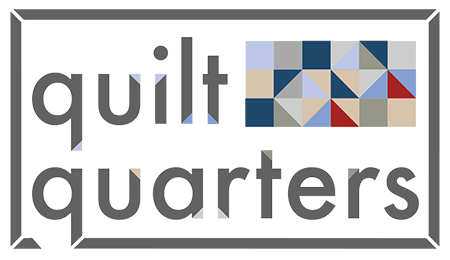 While those who have been immersed in the world of quilting for some time are likely to know what quilting machine feet are and how to use them, the same may not be said for newcomers. Getting started quilting can be overwhelming with the various quilting machine types, thread types, fabric types, and more. One great way to start your journey into quilting is to learn as much as you can about the basics of quilting including what quilting machine feet are, the different types available on the market, and how to use them.
While those who have been immersed in the world of quilting for some time are likely to know what quilting machine feet are and how to use them, the same may not be said for newcomers. Getting started quilting can be overwhelming with the various quilting machine types, thread types, fabric types, and more. One great way to start your journey into quilting is to learn as much as you can about the basics of quilting including what quilting machine feet are, the different types available on the market, and how to use them.
The purpose of quilting feet, often called a walking foot or an even-feed foot, is to evenly feed the three layers that make up a quilt through your machine during the quilting process. Typical sewing machines have a presser foot that is used when constructing garments and other projects requiring heavier fabrics. But quilting machines use quilting feet to not only feed the three layers of fabric needed for a quilt (often called a quilting sandwich), but to also attach binding to a quilt, make a rag quilt, or piece together a more difficult to work with fabric like fleece.
So why do you need a separate quilting foot to create a quilt? The biggest reason is that a regular presser foot only moves across the top of your fabric and pushes fabric towards the sewer instead of through the sewing machine. Using a regular presser foot on a quilt results in one thing: a quilt that features puckered stitching. Using a quilting foot, on the other hand, adds an extra set of feed dogs to the situation which allows the sewing machine to pull the quilt sandwich through the machine evenly.
As stated earlier, sewing machines come equipped with a presser foot but do not often come with a quilting foot. This means you’ll have to buy your quilting foot separately. When you go to purchase your quilting foot, be sure to keep a few things in mind including:
- Looking for an open-toe version of a quilting foot, if possible.
- Having your machine manufacturer, make, and model with you.
- Knowing what kind of shank your machine has – either high, low, or slant. You can find this information in your manufacturer manual.
And keep in mind that quilting feet will wear out. They are mechanical pieces and will need to be replaced as they are used and worn down. When shopping for a quilting foot, especially when you find one for your machine that you like, keep an open mind to buying multiples to ensure that you don’t run into the issue of not having a quilting foot halfway through a project.
Interested in getting started in quilting or simply looking for assistance with finding the right quilting foot for your machine? Contact Quilt Quarters and have a member of our dedicated team help answer any questions you may have or locate a particular product. We are located at 9504 Haver Way Road in Indianapolis, Indiana and are open from 10 a.m. to 6 p.m. Monday through Friday as well as from 10 a.m. to 5 p.m. on Saturdays. Not local but still looking for some insight? Give us a call at (317) 757-8340 and speak to a member of our staff today!
